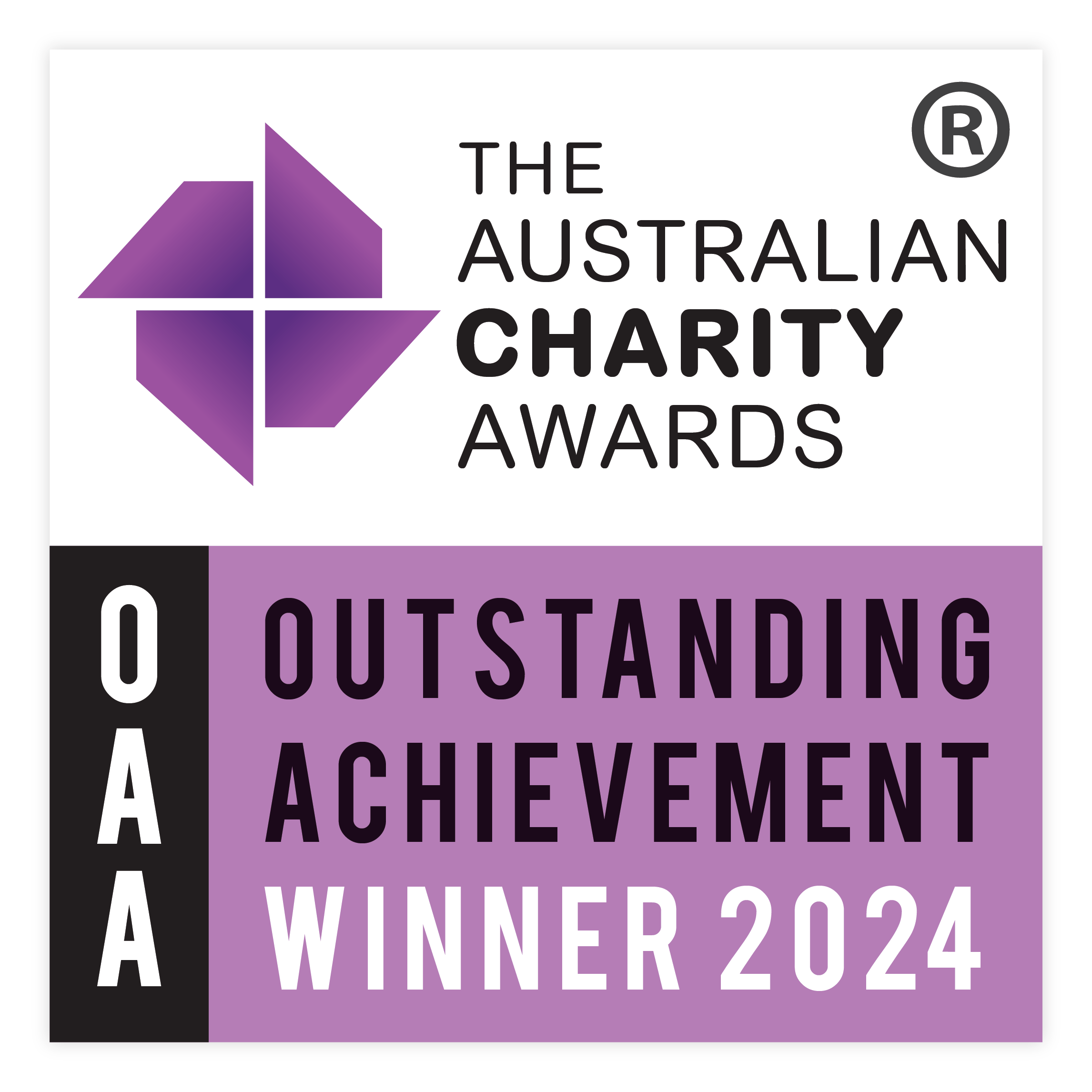There has been a lot of media surrounding the governments’ annual report on Closing the Gap. The results are sobering, and sadly not surprising given the paternalistic and poorly managed implementation by successive governments. Some Indigenous leaders have called for new targets to be included in Closing the Gap, including housing justice, family violence, and children in care. So what is the situation in Indigenous housing?
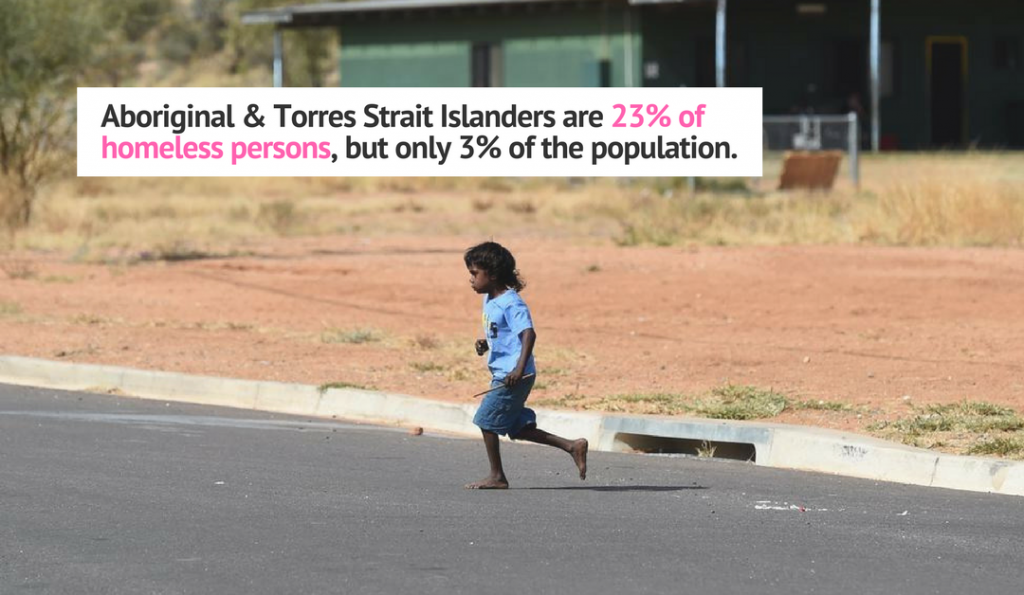 Indigenous people are disproportionately affected by homelessness. Among Indigenous people who were homeless on Census night in 2011, 75% were living in severely overcrowded homes. The average household is squeezing in 12 people into a standard sized house, making use of kitchens, verandas and sheds to set up makeshift sleeping places. Overcrowding for extended periods is associated with increased violence, substance abuse and poor outcomes for health, education and employment. It is not just an inconvenience, which is why overcrowding is considered a form of homelessness.
Indigenous people are disproportionately affected by homelessness. Among Indigenous people who were homeless on Census night in 2011, 75% were living in severely overcrowded homes. The average household is squeezing in 12 people into a standard sized house, making use of kitchens, verandas and sheds to set up makeshift sleeping places. Overcrowding for extended periods is associated with increased violence, substance abuse and poor outcomes for health, education and employment. It is not just an inconvenience, which is why overcrowding is considered a form of homelessness.
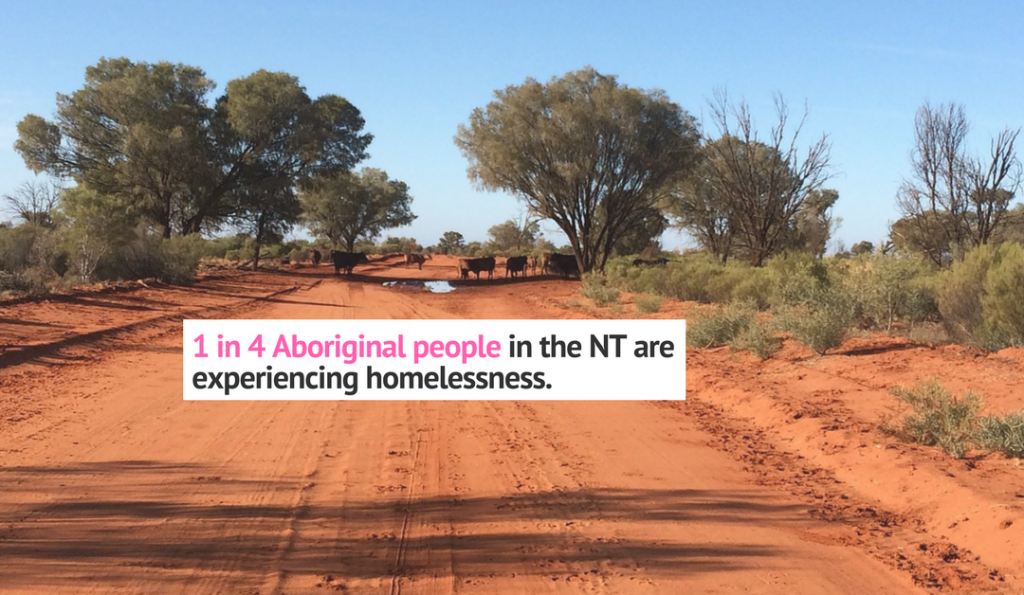 The Northern Territory has the highest homelessness rate in the country and is 15 times the national average. The Top End also has the smallest supply of services relative to the size of its homeless population, and an estimated one-third of services would need to be relocated to match the distribution of homeless people with places to sleep.
The Northern Territory has the highest homelessness rate in the country and is 15 times the national average. The Top End also has the smallest supply of services relative to the size of its homeless population, and an estimated one-third of services would need to be relocated to match the distribution of homeless people with places to sleep.
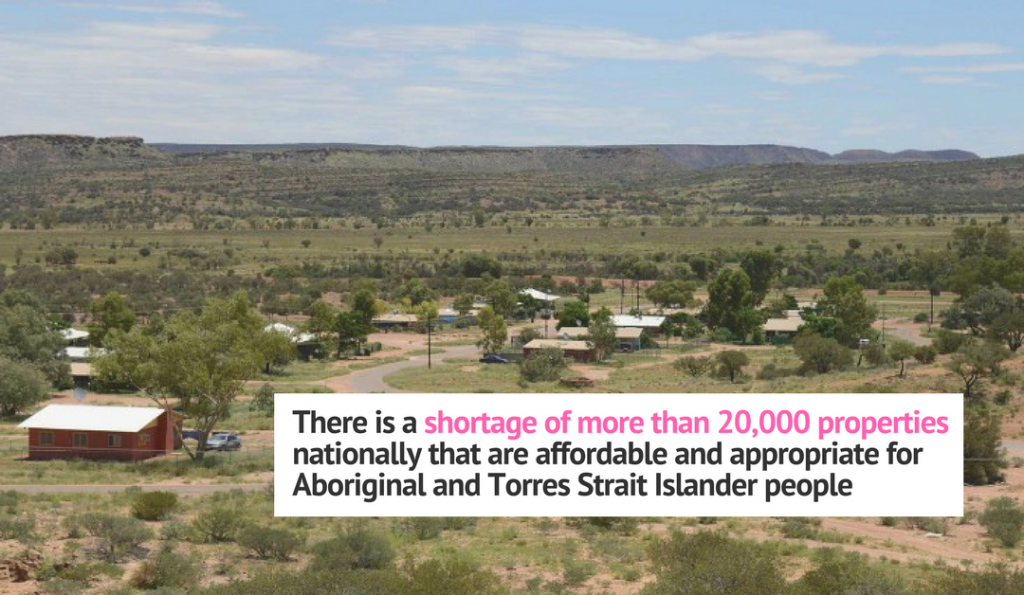 Discrimination in the housing market, shortage of larger houses that can accommodate extended kin, and poor delivery of specialist housing programs means there is a chronic shortage of housing that suits the income and needs of Indigenous people. The National Partnership on Remote Housing was designed to build homes with Indigenous labour and for Indigenous people. A recent review found clear evidence that investment has been of poor quality and failed to engage communities in the process. Implementation has been a cookie-cutter model delivered from the top-down and using fly-in-fly-out workers. As Robert Cooper from the Larrakia Nation in the NT recently told us, “you need to give ownership to communities or you won’t get good outcomes. It’s not rocket science.” We agree.
Discrimination in the housing market, shortage of larger houses that can accommodate extended kin, and poor delivery of specialist housing programs means there is a chronic shortage of housing that suits the income and needs of Indigenous people. The National Partnership on Remote Housing was designed to build homes with Indigenous labour and for Indigenous people. A recent review found clear evidence that investment has been of poor quality and failed to engage communities in the process. Implementation has been a cookie-cutter model delivered from the top-down and using fly-in-fly-out workers. As Robert Cooper from the Larrakia Nation in the NT recently told us, “you need to give ownership to communities or you won’t get good outcomes. It’s not rocket science.” We agree.
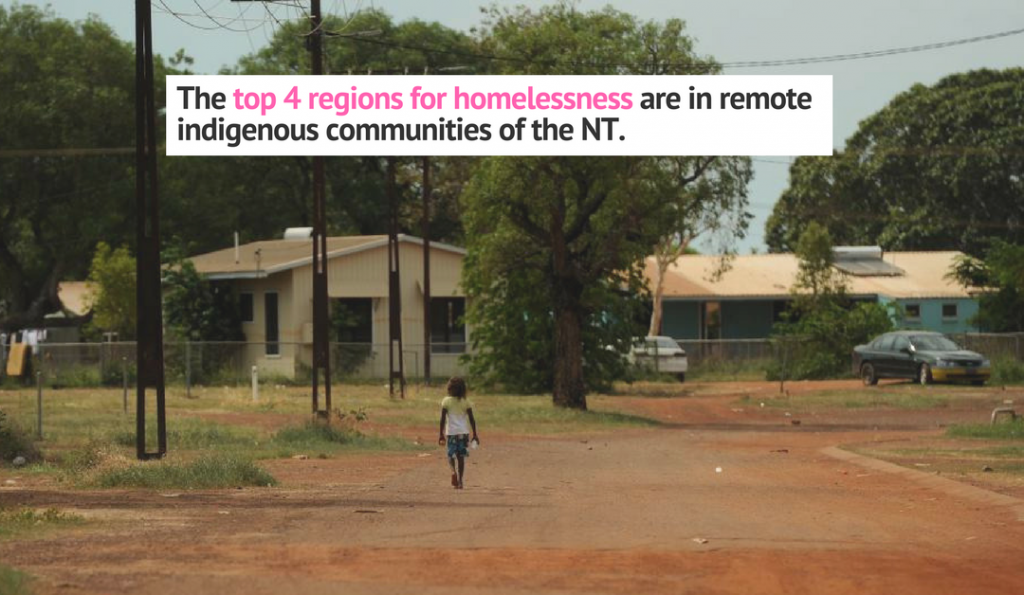 The top five regions for homelessness are in remote and very remote areas of the NT. Close to 30 percent of the population of East Arnhem are homeless, compared with less than 2 percent in Sydney and Melbourne. These regions also have the largest gaps between the rich and poor. It is worth mentioning that homelessness might mean different things to Indigenous people – who might consider a connection to country and community more important than a permanent address. That said, overcrowding is a big concern for these communities – and with big-ticket investments like the Remote Housing Partnership, more can and should be done.
The top five regions for homelessness are in remote and very remote areas of the NT. Close to 30 percent of the population of East Arnhem are homeless, compared with less than 2 percent in Sydney and Melbourne. These regions also have the largest gaps between the rich and poor. It is worth mentioning that homelessness might mean different things to Indigenous people – who might consider a connection to country and community more important than a permanent address. That said, overcrowding is a big concern for these communities – and with big-ticket investments like the Remote Housing Partnership, more can and should be done.
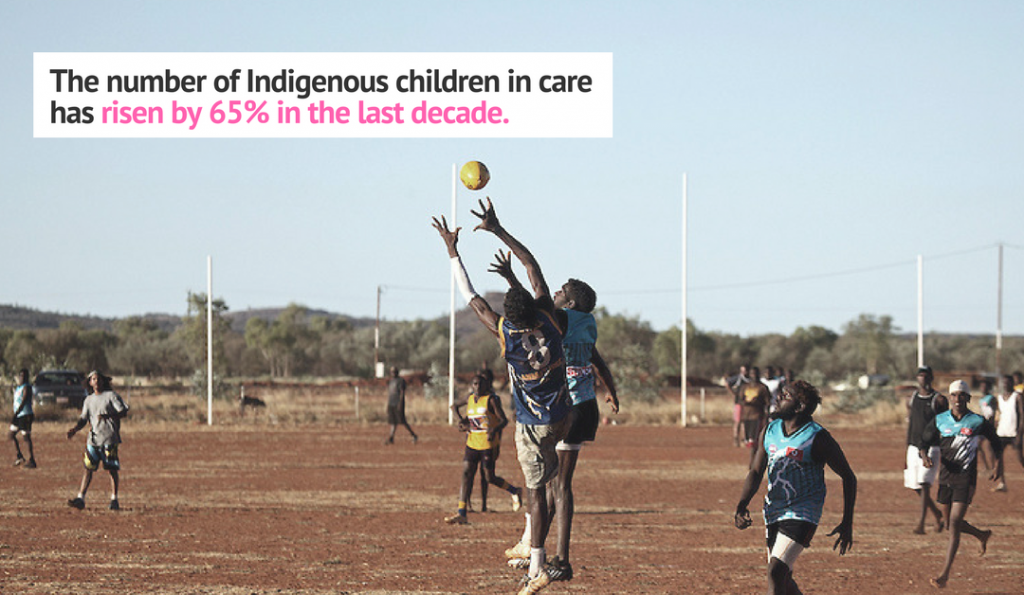 Since the National Apology to the Stolen Generations, the number of Indigenous children in care has risen by 65 percent. Even though Aboriginal kids make up just 5.5 percent of people under 18, they represent 35 percent of those placed in out-of-home care. The lack of access to safe, stable housing exposes children to greater risk of removal. Overcrowding has a clear link to increases in substance abuse, family violence, and makes it near impossible to keep kids happy, healthy and safe. This also reflects the shockingly disproportionate government investment in child protection, compared with preventative programs like keeping people housed.
Since the National Apology to the Stolen Generations, the number of Indigenous children in care has risen by 65 percent. Even though Aboriginal kids make up just 5.5 percent of people under 18, they represent 35 percent of those placed in out-of-home care. The lack of access to safe, stable housing exposes children to greater risk of removal. Overcrowding has a clear link to increases in substance abuse, family violence, and makes it near impossible to keep kids happy, healthy and safe. This also reflects the shockingly disproportionate government investment in child protection, compared with preventative programs like keeping people housed.
If you want to know more about Indigenous housing you can read our interview with Larrakia Nation here, or check out our StreetFunder project of the month here.






